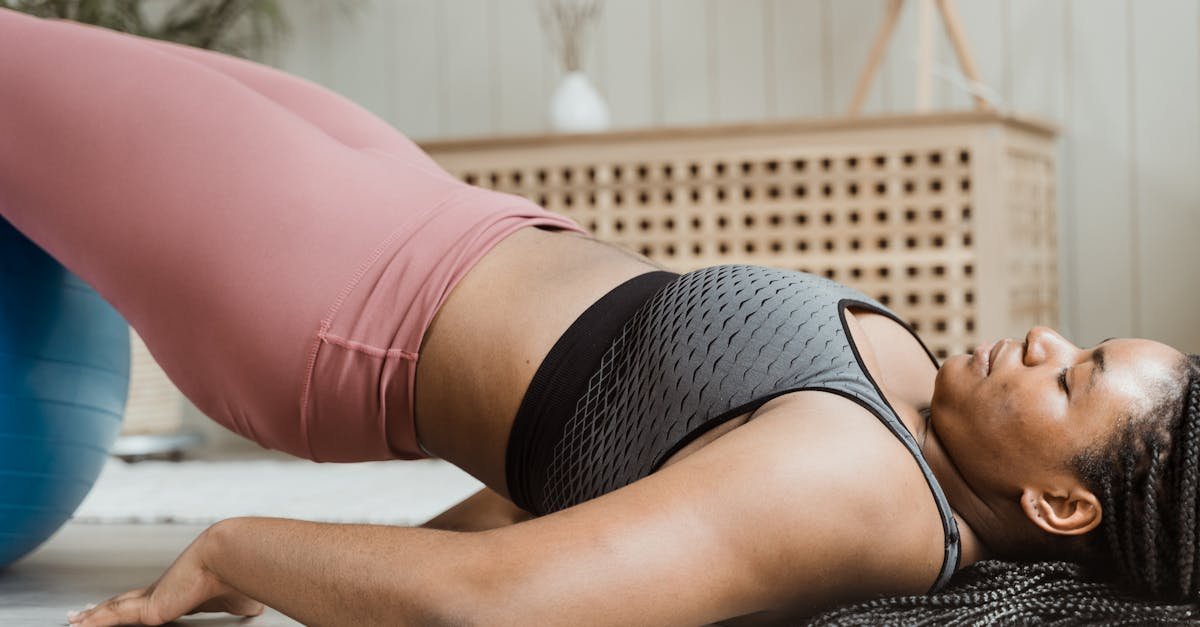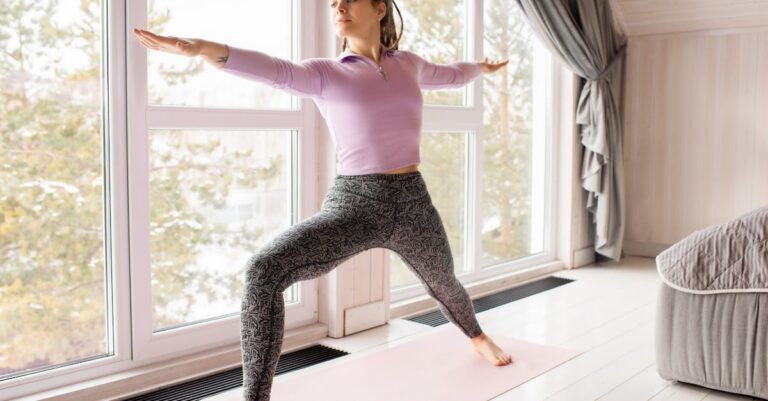Okay, let’s talk about home workouts. It’s awesome you’re getting moving right in your living room! But wait a second… did you just jump straight into those burpees? We get it. When you’re trying to squeeze in exercise between work, life, and maybe even homework (if you’re helping out!), finding extra time for a warm-up feels like a hassle. You might think, “It’s just a home workout, how hard can it be?” Skipping it seems like a time-saver. But, jumping in cold can lead to feeling stiff, not getting the most out of your sweat session, or worse – pulling something. Ouch! This article will show you *why* warming up is super important (even at home!) and give you simple, quick ways to do it right. Stick around, and you’ll learn how to make your workouts safer, feel better, and actually get better results.
Why Bother Warming Up Anyway? (It’s Not Just Stretching!)
Think about it like this: you wouldn’t just floor the gas pedal on a car that’s been sitting out in the cold all night, right? Your body’s kinda the same. A warm-up is like gently waking everything up before you ask it to do hard work. Its main job isn’t just stretching; it’s about getting your blood moving faster, carrying oxygen to your muscles so they’re ready to rock. It also literally warms up your body temperature. Warm muscles are happier muscles – they’re more flexible and less likely to get strained or injured. Imagine trying to bend cold, stiff play-doh versus warm, soft play-doh. Big difference! Plus, warming up helps get your brain and muscles talking to each other properly, so your movements are smoother and more coordinated. It’s basically telling your body, “Hey, get ready, we’re about to move!”
Getting the Blood Pumping: Light Cardio Kickstart
Alright, first things first: let’s get your heart rate up just a little bit. We’re not talking about going all out here, just some gentle movement to signal to your body that it’s go-time. This is like the first few minutes after starting that cold car – just letting the engine idle and warm up. Spend about 3 to 5 minutes doing something easy.
- Marching in place while swinging your arms
- Light jogging on the spot
- Gentle jumping jacks (you can even step them out side-to-side if jumping feels like too much right away)
- High knees (bring them up slowly at first)
- Butt kicks (gently try to kick your own behind)
The key is light. You should feel a little warmer, maybe breathing a tiny bit faster, but you should still be able to hold a conversation easily. Think of it as shifting from ‘sleep mode’ to ‘ready mode’.
Waking Up Your Muscles: Dynamic Stretching is Key
Okay, heart’s pumping a bit, blood’s flowing. Now let’s get those joints and muscles ready for action. This is where dynamic stretching comes in. Forget those old-school stretches where you hold one position for ages (that’s called static stretching, and it’s usually better for *after* your workout). Dynamic stretching means moving your body through ranges of motion that kind of mimic what you’ll be doing in your workout. It helps loosen things up and improves mobility without making your muscles too relaxed before they need to work hard.
Try some of these:
- Arm circles: Big ones, small ones, forward, and backward.
- Leg swings: Hold onto a wall or chair if you need to. Swing one leg forward and back gently, then side to side. Switch legs.
- Torso twists: Stand with feet shoulder-width apart, arms out or hands on hips, and gently twist your upper body side to side.
- Walking lunges (no weight): Take a step forward and lower into a lunge, then step through and lunge on the other side. Keep it controlled.
- Cat-Cow stretch (on hands and knees): Arch your back up like a cat, then drop your belly down and look up like a cow. Flow between these.
Keep these movements smooth and controlled, not jerky or bouncy. You’re just waking things up!
Target Practice: Prepping for Your Specific Workout
Now, let’s get a little more specific. Think about what workout you’re actually planning to do today. Your warm-up should give a little sneak peek of those movements. It’s like practicing a few tricky chords before playing a whole song on the guitar. If you’re going to do a workout with lots of squats and lunges, spend a bit more time warming up your legs and hips. Maybe add some bodyweight squats (just go down as far as feels comfortable) or some glute bridges (lie on your back, knees bent, and lift your hips). If it’s an upper-body day with push-ups or rows, do a few more arm circles, maybe some wall push-ups, or shoulder rolls. This helps prepare the specific muscles and joints you’re about to challenge the most.
How Long Should This Take? Finding the Sweet Spot
Good news! A proper warm-up doesn’t need to take forever. Usually, 5 to 10 minutes is plenty for most home workouts. Seriously, that’s it! Way better than skipping it entirely, right? Instead of watching the clock like a hawk, pay attention to your body. You’re generally good to go when:
- You feel physically warmer (maybe even broken a light sweat).
- Your breathing is slightly faster, but not heavy.
- Your joints feel looser and move more easily.
- You feel mentally focused and ready to exercise.
If it’s colder in your house or you’re feeling particularly stiff, you might need a couple of extra minutes. If you’re doing a very light workout, 5 minutes might be perfect. The most important thing is making it a habit. A consistent 5-minute warm-up beats skipping it every single time.
Oops! What Happens if I Skip It? (Real Talk)
Okay, let’s be real. What’s the big deal if you skip the warm-up now and then? Maybe nothing happens immediately. But it’s kinda like playing a little game of chance with your body. Cold, unprepared muscles are much more likely to get strained or pulled. Think about stretching a cold rubber band versus a warm one – the cold one might snap! You might also feel stiff and awkward during your workout, meaning you won’t move as well or get as much benefit from the exercises. Over time, constantly skipping warm-ups could even contribute to nagging aches and pains or joint issues because you’re not properly preparing your body for the stress of exercise. It’s a small time investment that pays off big in keeping you injury-free and feeling good.
So, wrapping it all up! Warming up before your home workout isn’t just some optional extra – it’s a really smart move. Think of it as prepping your body for action, like putting on your gear before playing a sport. We talked about how it gets your blood flowing and warms up your muscles, making them less prone to injury, kinda like warming up play-doh so it doesn’t break. Remember those two key parts: a few minutes of light cardio (like jogging in place) followed by dynamic stretches (like arm circles and leg swings) that get you moving. Tailor it slightly to your workout, and aim for just 5-10 minutes. It’s a tiny slice of your time that makes your workout safer, feel better, and actually be more effective. Make that short warm-up a non-negotiable part of your routine – your body will definitely thank you for it!










